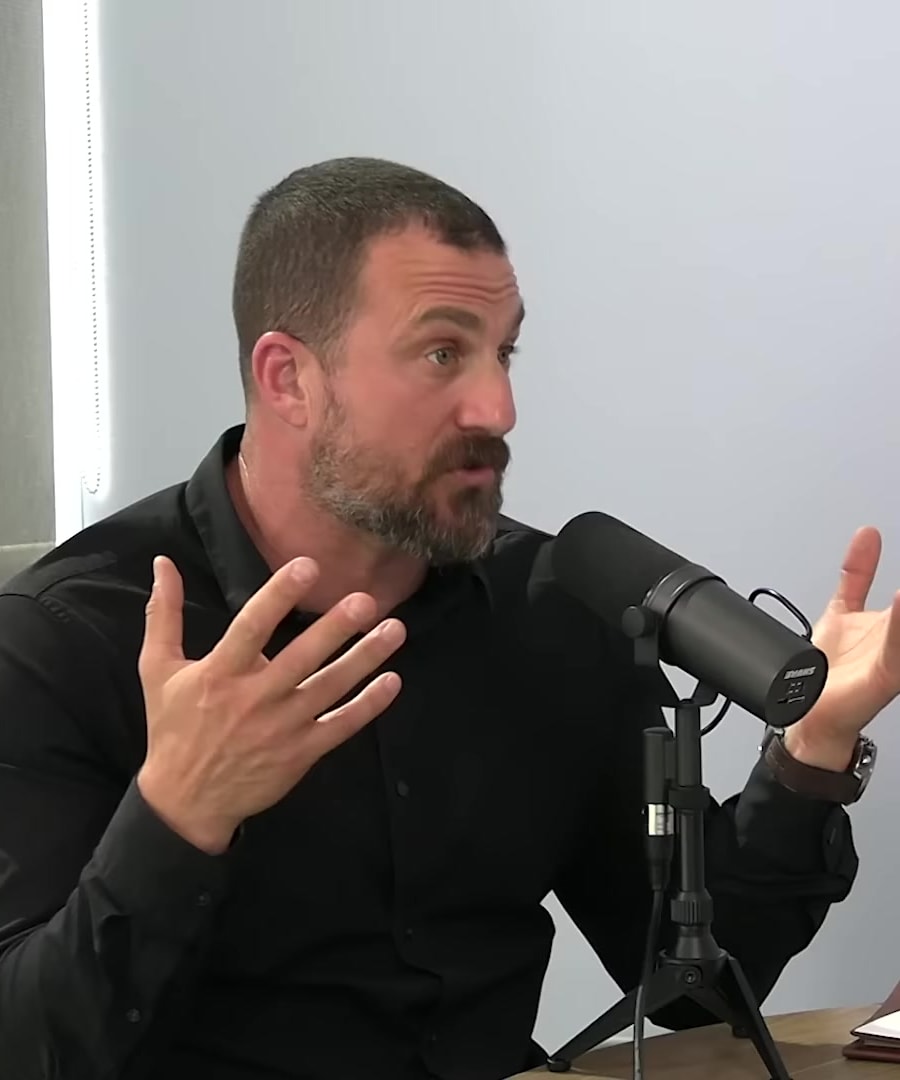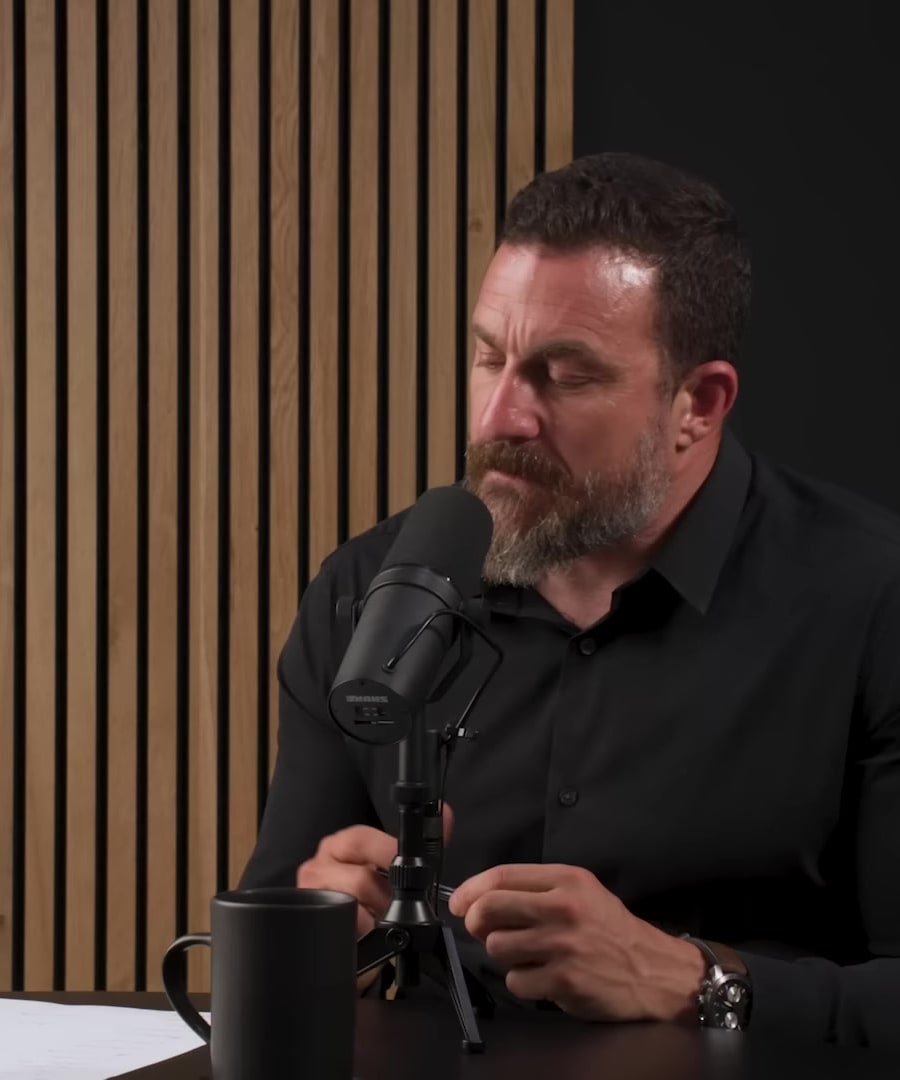Best sunlight scheme??
Sources:
Optimal sunlight exposure is crucial for regulating hormones and circadian rhythms. According to , you should aim for two to three exposures per week of at least 20 to 30 minutes of sunlight on as much skin as possible, being careful to adhere to cultural and safety constraints and to avoid sunburn 1.
On clear days, about five minutes of sunlight exposure to your eyes should suffice. If it's cloudy, aim for 10 minutes, and on very overcast or rainy days, aim for as much as 20 to 30 minutes 2. Be sure to get this exposure directly outdoors and not through windows or windshields.
If you're in an environment with limited natural light, consider using artificial sources like ring lights or LED panels to supplement 3. It's also beneficial to get sunlight exposure in the late afternoon and evening, when the sun is at a low solar angle, to help protect against the negative effects of artificial light at night 4.
For those experiencing chronic pain or looking to boost mood and cognitive performance, consistent exposure to morning light can be particularly beneficial. It's recommended to wake up and get outside two to three hours before your habitual wake-up time, maximizing outdoor light exposure during the morning 5.
Remember, while early morning and late afternoon sunlight exposure is important for mental and physical health, it's also critical for establishing robust circadian rhythms, especially in kids 6.
RELATED QUESTIONSList clips similar to "Maximizing Sunlight Exposure"
Sources:
Here is a list of clips from the that are similar to the topic of "Maximizing Sunlight Exposure":
-
Exercise and Sunlight: and discuss the benefits of combining exercise with east-facing sunlight exposure in the morning for circadian rhythm alignment and sleep efficiency 1.
-
Sunlight Guidelines: provides guidelines for how much sunlight exposure is needed based on cloud cover and emphasizes getting sunlight exposure directly outdoors 2.
-
Sunlight Benefits: Explains the benefits of morning sunlight exposure, how to approach it, and its impact on mood and mental health. Also notes the importance of sunlight for animals 3.
-
Harnessing Sunlight: emphasizes the powerful effects of early morning sunlight on mood, focus, and sleep, and provides tips for optimizing exposure even on overcast days 4.
-
Natural Light Benefits: The importance of natural daylight for circadian rhythm regulation is discussed, and getting at least 30-40 minutes of exposure early in the day is suggested 5.
-
Bright Lights, Better Mornings: Insights on using artificial lights to mimic morning sunlight if one wakes up before the sun rises or lives in an area with limited natural light 6.
-
Light and Circadian Rhythms: Discusses how light affects our circadian rhythms and the importance of getting enough light early in the day 7.
-
Enhancing Mood and Mental Health: Discusses the role of morning sunlight in improving mood and mental health and details alternatives for those unable to get consistent sunlight exposure 8.
Each clip offers insights into how sunlight and light in general can influence circadian rhythms, mood, mental health, and sleep quality.
RELATED QUESTIONS-
Summarize Sleep Toolkit: Tools for Optimizing Sleep & Sleep-Wake Timing | Huberman Lab Podcast #84
Sources:
The , hosted by , discusses various tools and strategies for enhancing sleep quality and aligning sleep-wake cycles. Key points summarized from the episode include:
-
Light and Darkness: Light, especially morning sunlight, and darkness are powerful cues that regulate the brain and body's states of wakefulness and sleep. Morning sunlight viewing is crucial for setting the body's rhythms, suppressing any residual melatonin that could make you feel sleepy after waking up, and ensuring better sleep quality at night 1.
-
Temperature and Sleep: Body temperature needs to cool down by one to three degrees to initiate deep sleep, and warming up of the body facilitates waking up. Tools like Eight Sleep's mattress cover can regulate temperature and improve sleep. also discusses the role of electrolytes by introducing LMNT's electrolyte drink to support neuron function and bodily hydrations 2.
-
Sleep and Electrolytes: Discussing electrolyte balance, mentions the importance of having the correct ratios of electrolytes for optimal nerve cell function and, consequently, for sleep and alertness mechanisms 2.
-
Behavioral Tools and Supplementation: Behavioral tools like non-sleep deep rest (NSDR) and digital tools like the Reveri app can help in falling and staying asleep. Inositol supplementation is also suggested for the ability to fall back asleep after nighttime awakenings 3.
-
Optimizing Sleep: emphasizes that sleep is the foundation of mental, physical health, and performance in all endeavours. By implementing the right behavioral and environmental controls related to light, temperature, food, exercise, caffeine, and digital tools, listeners can significantly improve the quality of their sleep and, by extension, their daytime alertness and focus 4.
To conclude, stresses the significance of combining these various tools and behaviors to optimize sleep, which he regards as a central pillar to overall well-being.
RELATED QUESTIONS-
Blue light blocking glasses?
Sources:
Blue light blocking glasses have been discussed multiple times across different of the podcast. Here are some key points:
-
Non-essential During Day: emphasizes that blue light, particularly in the morning and throughout the day, is critical for setting the circadian rhythm properly, and wearing blue light-blocking glasses during these times could be counterproductive 1.
-
Nighttime Use: The glasses could be beneficial at night when trying to limit bright light exposure, preventing disruption to melatonin production and the circadian clock 2.
-
Work Environments: In brightly lit nighttime work environments or where there's much overhead lighting, blue light blockers or a hat with a brim could be used to shield the eyes and support natural circadian rhythms 3.
-
Limited by Brightness: However, blue light blockers are not a complete solution if the environment is very bright since the cells in the eyes can also be activated by other wavelengths of light. It is suggested to dim screens and rely on lower physically placed lights in the evening 3.
-
UV and Blue Light: Discussion with on distinguishing UV light from blue light clarifies that while UV light is harmful and should be blocked by lenses, the benefits of blocking blue light specifically during the day are not well supported by evidence 4.
It is recommended to leverage natural light during the day and manage exposure to artificial light in the evening for optimal health and to maintain a healthy sleep-wake cycle.
RELATED QUESTIONS-
Best sunlight scheme??
- RELATED QUESTIONS
List clips similar to "Maximizing Sunlight Exposure"
- RELATED QUESTIONS
Summarize Sleep Toolkit: Tools for Optimizing Sleep & Sleep-Wake Timing | Huberman Lab Podcast #84
- RELATED QUESTIONS
Blue light blocking glasses?
- RELATED QUESTIONS




















